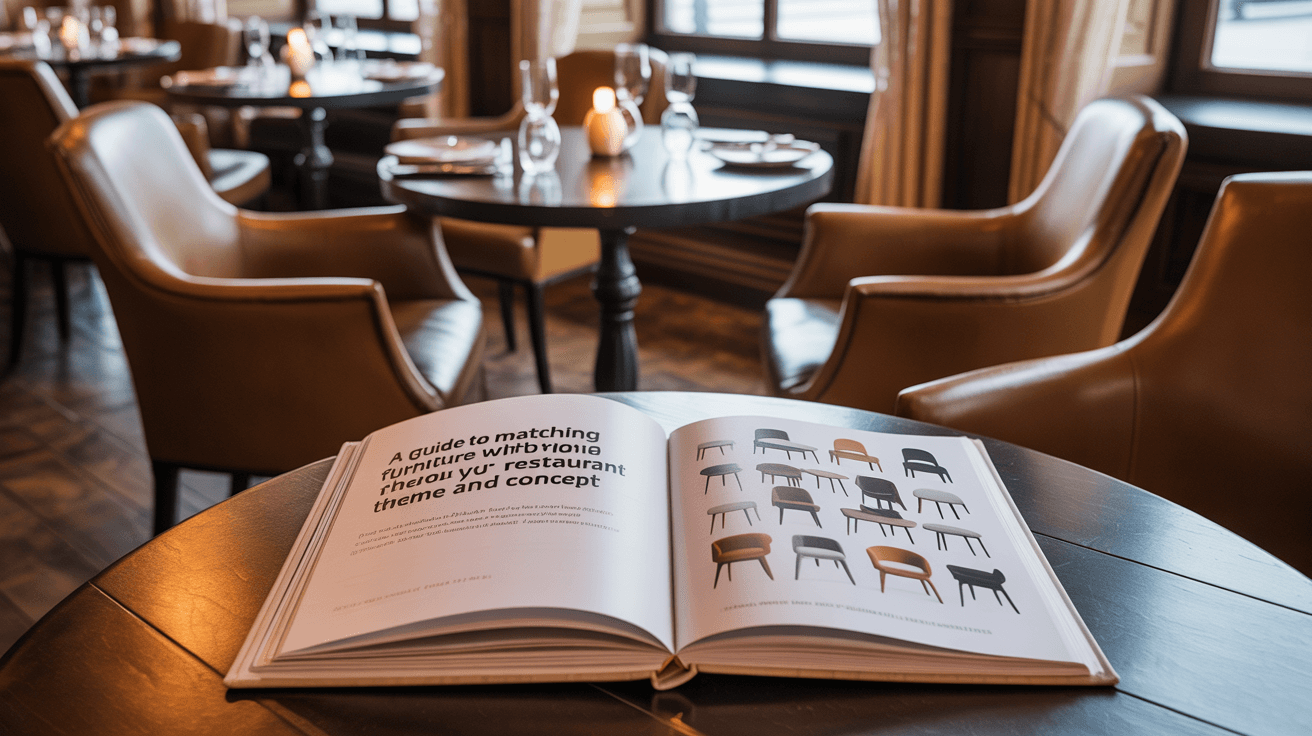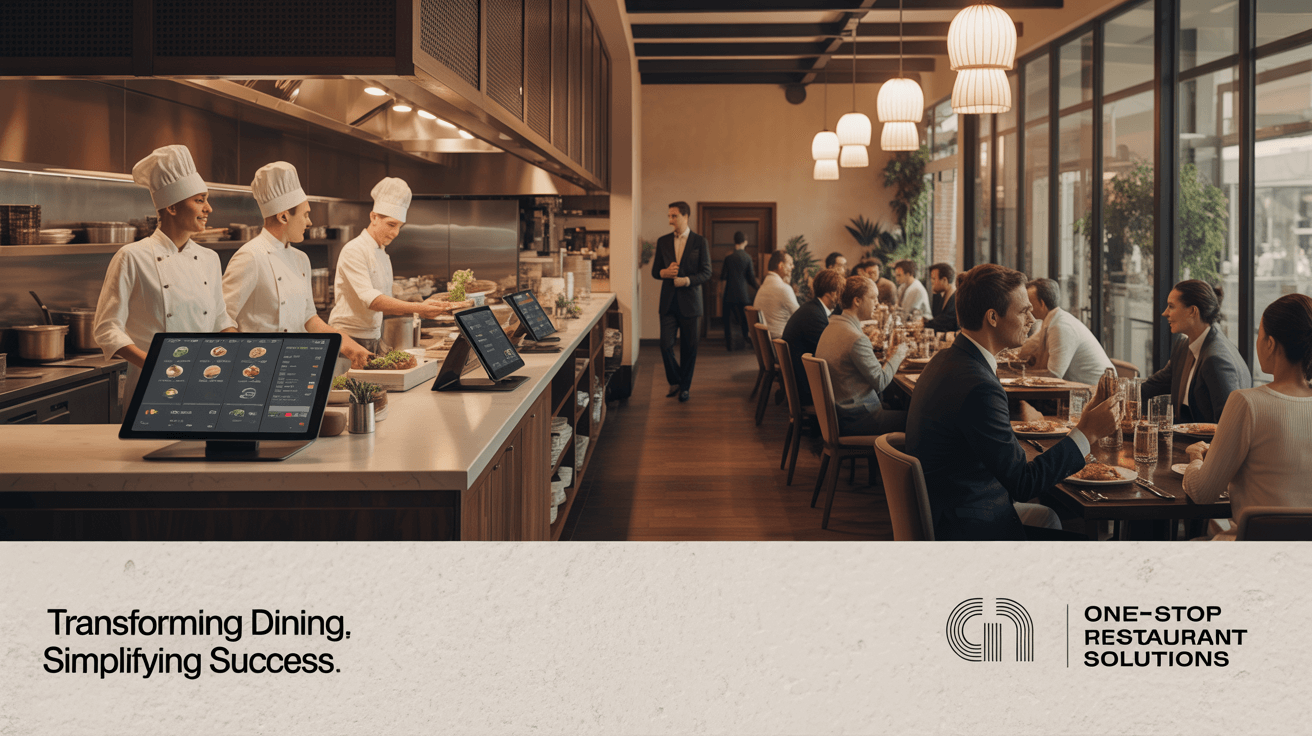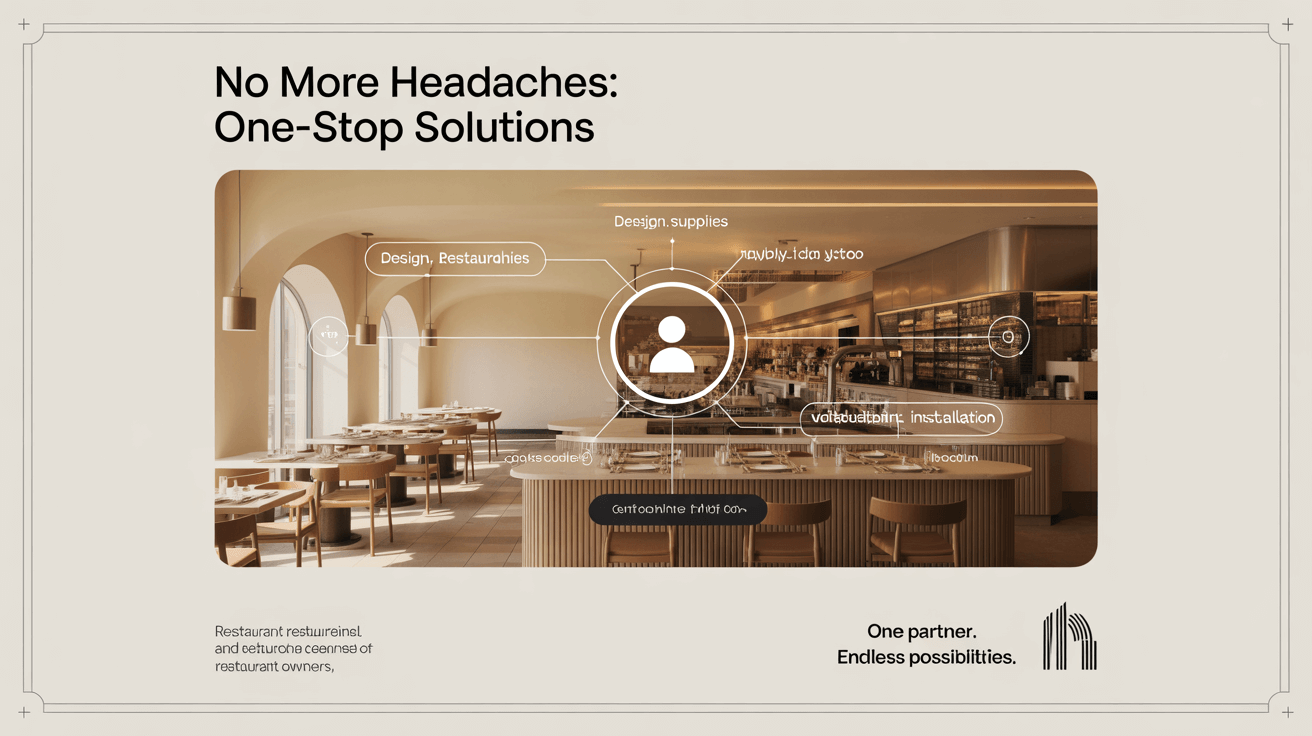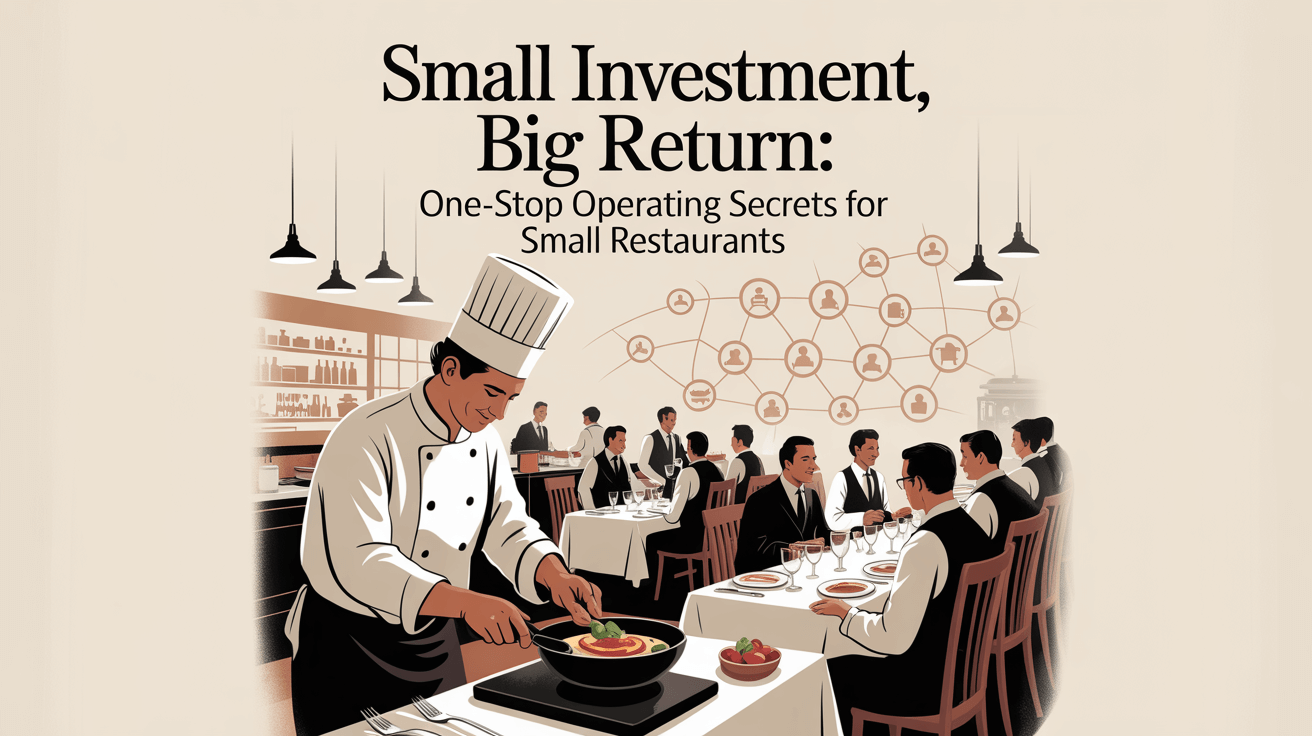A Guide to Matching Furniture with Your Restaurant Theme and Concept helps you select pieces that reinforce atmosphere, functionality, and brand identity. But here’s the kicker… cohesive design turns first-time visitors into regulars.
1. How does theme influence material choice?
● Rustic venues use reclaimed wood and raw metals
● Modern spaces favor sleek steel and glass
● Coastal cafés pick weathered finishes and wicker
● Luxury concepts rely on velvet, leather, and brass
Ready for the good part? matching materials enhance authenticity.
| Theme Type | Material Focus |
|---|---|
| Rustic | Reclaimed wood, iron |
| Modern | Powder-coated steel |
2. What seating styles suit casual concepts?
● Bench seating with washable upholstery
● Mix-and-match chairs for eclectic appeal
● Low-back booths encouraging quick turns
● Bar stools near service counters
What’s the real story? casual seating boosts turnover.
3. Which table shapes reinforce ambiance?
● Round tables for communal, friendly feel
● Square tops for minimalist, modern looks
● Live-edge slabs in organic-themed spots
● Folding tops in pop-up or event concepts
This is where it gets interesting… shape signals mood.
4. How to pick colors that echo concept?
● Earth tones for farm-to-table restaurants
● Monochrome palettes in high-end bistros
● Bright hues in family-friendly diners
● Pastels in dessert or tea shops
But here’s the kicker… color cohesion deepens brand recall.
| Concept | Color Palette |
|---|---|
| Farm-to-Table | Greens, browns |
| Bistro | Black, white, gray |
5. What balance of comfort and style is ideal?
● Plush cushions in lounge areas
● Simple wooden seats in casual bars
● High stools with footrests at counters
● Ergonomic chairs in fine-dining zones
Ready for the good part? comfort converts visits into extended stays.
6. How to integrate branding into design?
● Embroidered logos on booth backs
● Custom tabletops with laser-etched pattern
● Accent pillows in signature hues
● Unique trim matching brand motifs
What’s the real story? branding details build loyalty.
7. When to choose modular versus fixed pieces?
● Modular for flexible event layouts
● Fixed booths anchoring main dining room
● Mobile tables for seasonal patio use
● Stackable chairs for quick storage
This is where it gets interesting… flexibility adapts to demand.
| Furniture Type | Best Use |
|---|---|
| Modular Booths | Pop-up or event zones |
| Fixed Banquettes | Main dining areas |
8. What lighting complements furniture?
● Pendant lights over communal tables
● LED strips under bar counters
● Sconces beside booths for ambiance
● Skylights paired with light-toned chairs
But here’s the kicker… lighting ties everything together.
9. How to select flooring that matches seating?
● Polished concrete under metal stools
● Wood planks with matching wooden tables
● Patterned tiles framing booth areas
● Low-pile carpet beneath lounge sections
Ready for the good part? flooring anchors visual flow.
10. How to layer textures for depth?
● Mix smooth leather with rough-hewn wood
● Pair glass surfaces with woven fabrics
● Combine metal bases and fabric seats
● Accent stone tabletops with soft seating
What’s the real story? texture layers enrich sensory appeal.
| Texture Combo | Effect |
|---|---|
| Leather + Wood | Warmth + durability |
| Glass + Fabric | Sleek + comfort |
11. How to use scale to match space?
● Oversized booths in spacious dining rooms
● Slimline chairs in narrow bistros
● Low-profile seating under mezzanines
● Grand tables in ballroom-style venues
This is where it gets interesting… scale prevents visual clutter.
12. What trends amplify conceptual themes?
● Biophilic elements in healthy-food spots
● Vintage metal frames in retro diners
● Sleek plastics in fast-casual chains
● Artisanal joins in craft-beer pubs
But here’s the kicker… trend alignment keeps you fresh.
| Trend | Concept Fit |
|---|---|
| Biophilic | Organic cafés |
| Vintage Metal | Retro diners |
13. How to budget for high-impact pieces?
● Invest in feature booths or focal chairs
● Use standard items elsewhere to save cost
● Reserve funds for premium upholstery
● Phase purchases based on footprint zones
Ready for the good part? strategic investment maximizes impact.
14. How to maintain thematic consistency over time?
● Rotate accent cushions seasonally
● Refinish wood surfaces to refresh look
● Update upholstery fabric selectively
● Swap small décor items annually
What’s the real story? subtle updates preserve freshness.
15. Where to source unique thematic pieces?
● Artisan markets for handcrafted items
● Specialty importers for global finds
● Trade shows unveiling emerging designers
● Online boutiques with curated collections
This is where it gets interesting… unique pieces tell your story.
Conclusion
Matching furniture with theme—from materials and colors to scale and texture—creates a cohesive dining experience that resonates with guests. Apply these guidelines to curate spaces that reflect your concept and drive loyalty.
FAQ
Q1: Can I mix modern and vintage?
Yes—balanced contrast adds character when done tastefully.
Q2: How often update thematic elements?
Refresh accents seasonally and major pieces every 3–5 years.
Q3: Should seating always match theme?
Core pieces should align; accents can introduce complementary contrasts.
Q4: Are custom pieces worth the cost?
Feature items boost uniqueness but phase them to manage budgets.
Q5: How to vet thematic suppliers?
Request samples, check portfolios, and confirm production timelines.






